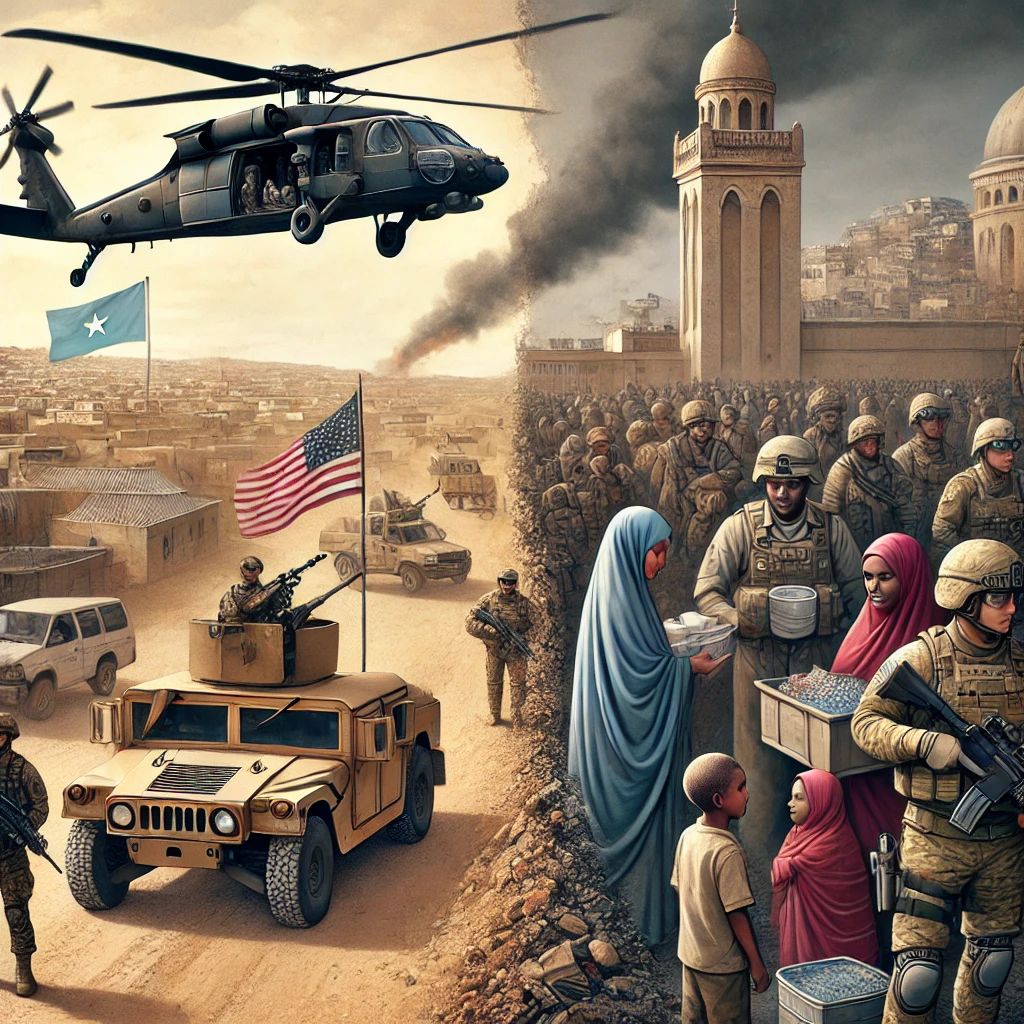Why Did the US Invade Somalia? Understanding the 1992 and 2007 Interventions

The US has intervened in Somalia multiple times, with the most notable being Operation Restore Hope (1992-1994) and later military actions against terrorist groups. The 1992 intervention aimed to address a humanitarian crisis, while the more recent military operations have focused on counterterrorism efforts. This article examines the key reasons behind US involvement in Somalia.
1. The 1992 Humanitarian Crisis and Operation Restore Hope
In the early 1990s, Somalia was engulfed in civil war and famine, leading to widespread suffering. The US, under President George H.W. Bush, launched Operation Restore Hope in December 1992 as part of a United Nations (UN) mission to provide humanitarian aid and restore stability. The mission aimed to:
Deliver food and medical aid to starving civilians.
Protect relief workers from armed militias.
Establish order in a country plagued by warlords and chaos.
However, the intervention turned violent, culminating in the infamous Battle of Mogadishu (1993), where 18 US soldiers were killed, an event later depicted in the movie Black Hawk Down. After this, the US withdrew its forces in 1994.
2. Counterterrorism and the War on Terror
Following the 9/11 attacks, the US shifted its focus in Somalia from humanitarian aid to counterterrorism operations. The US government viewed Somalia as a potential haven for terrorist groups, particularly Al-Qaeda-linked militants. Key US objectives included:
Targeting Al-Shabaab, an Al-Qaeda-affiliated extremist group that emerged in the mid-2000s.
Conducting drone strikes and special forces operations to eliminate terrorist leaders.
Preventing Somalia from becoming a breeding ground for global terrorism.
The US has carried out several airstrikes and military operations in Somalia since 2007, with some support for the Somali government and African Union forces.
3. Geopolitical and Strategic Interests
Somalia’s strategic location along the Horn of Africa makes it a vital region for global trade and security. The US has had broader strategic interests in the region, including:
Securing maritime routes near the Gulf of Aden and the Indian Ocean, crucial for international shipping.
Countering Chinese and Russian influence in Africa.
Supporting regional allies, such as Kenya and Ethiopia, in maintaining stability.
4. The Role of Warlords and Political Instability
Somalia has lacked a stable central government since 1991. The US has often worked with regional warlords, Somali government officials, and African Union forces to counter militant threats. However, political instability and corruption have made long-term success difficult.
Conclusion
The US interventions in Somalia have evolved from humanitarian aid (1992) to counterterrorism (post-9/11), driven by concerns over terrorism, strategic interests, and regional stability. While some operations have had short-term successes, Somalia remains a challenging and unstable region. Understanding these motives helps explain the complexity of US foreign policy in the Horn of Africa.
Related Articles:
1. Why US Invaded Iraq
2. Why Russia Invaded Ukraine
3. Top 10 Universities in the World
4. Top 10 Economies in the World
5. Top 10 Military in the World
6. Top 10 Websites in the World
7. Top 10 Investments to Make Money
8. Top 10 Holiday Destinations
9. Top 10 Companies in the World
10. Top 10 Richest People in the World

